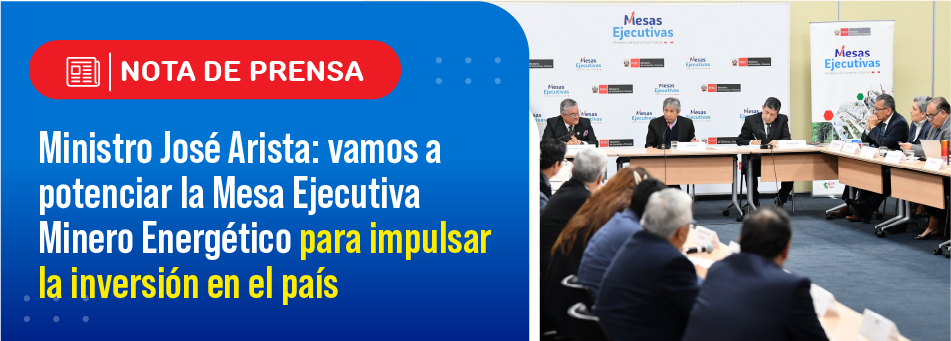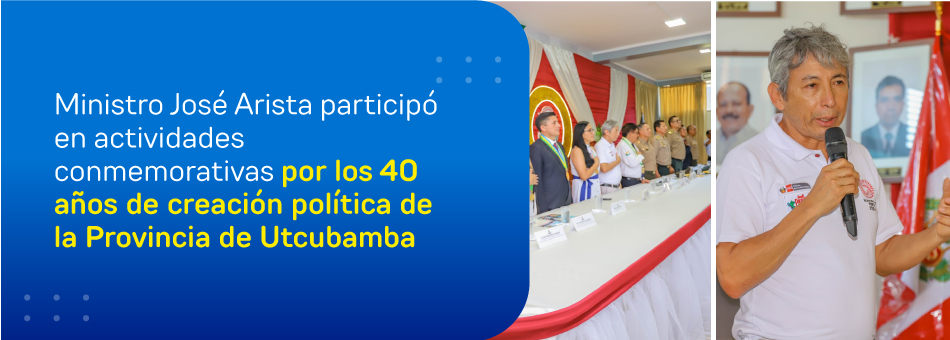"Año del Bicentenario, de la consolidación de nuestra Independencia, y de la conmemoración de las heroicas batallas de Junín y Ayacucho"
Notas de prensa y comunicados
Peru responds to Gramercy notice of arbitration and advances payment process for agrarian reform bonds
OVERVIEW FROM THE RESPONSE BY THE REPUBLIC OF PERU
The Republic of Peru is a reliable sovereign that is in good-standing on its global sovereign bonds, and is implementing a process for the historic and lawful resolution of Peruvian agrarian reform bonds, for the benefit of all legitimate bondholders. Instead of participating in this process, Gramercy attacks Peru and the system that it has put in place, in an effort to obtain increased returns to which it has no right. It is Gramercy, not Peru, that has violated the object, purpose and requirements of the Treaty.
- A Fiscally Responsible Sovereign
Peru is an economically stable and fiscally responsible sovereign. It is a trusted ally of United States, a favorable host State for lawful investment and a trusted issuer of contemporary sovereign bonds. Efforts by Gramercy to portray Peru as a defaulting sovereign are unfounded. - The Unique History of the Agrarian Reform and Land Bonds
The agrarian reform bonds have unique historical origins dating back almost half a century to an era of agrarian reforms adopted across Latin America. Utterly different from contemporary sovereign bonds, these old bearer instruments are subject to Peruvian law and jurisdiction and many years ago were given as compensation for the expropriation of land in Peru, as suggested by Gramercy’s nickname for them: “Land Bonds.” After years of hyperinflation and economic problems, the status of the Bonds was uncertain, with only partial or never-adopted efforts at resolution. - The Speculative Acquisitions of a Lone Fund
Beginning a decade ago, in the midst of uncertainty, Gramercy was the lone fund that elected to amass the Bonds, allegedly acquiring possible domestic law claims for over 9,700 Bonds. Gramercy now seeks US$ 1.6 billion, but it has not revealed how much it paid for the Bonds and has only provided a copy of one of the Bonds it allegedly acquired – a lone bond with a history not revealed by Gramercy, uncovering ongoing local litigation proceedings, in violation of the Treaty. - The Legal Resolution and Bondholder Process
After years of uncertainty, the legal status of the “Land Bonds” was settled three years ago by a resolution of the Constitutional Tribunal and subsequent rulings that remain fully in force. Further to that mandate, Peru has established, implemented and is advancing a process to pay legitimate bondholders. Peru already has authenticated over 10,000 bonds, more than the total number of Bonds that Gramercy claims to hold. It is unfortunate that Gramercy undermines the procedure for others in an effort to advance its own self-interest. - The Gramercy Attack Campaign
Gramercy has mounted an attack campaign to harm Peru, aligning paid lobbyists, secondary ratings agencies, one-sided experts and public relations firms. Having failed to consult respectfully with Peru, Gramercy intentionally commenced an international arbitration just prior to Peru’s presidential election, in a vain attempt to intervene in the peaceful, democratic transition in the country. Gramercy’s desperate smear campaign reveals its uncertainty about its ability to trump Peru in actual Treaty proceedings, where aggravating conduct is impermissible. - Gramercy’s Procedural and Jurisdictional Uncertainties
In its incessant media campaign, Gramercy has not revealed its dubious re-submission of an altered Notice of Intent, or the resignation of the arbitrator that Gramercy initially appointed, delaying the constitution of the arbitral tribunal. The proceeding suffers from grave jurisdictional deficiencies and a failure to respect critical Treaty requirements, including Gramercy’s simultaneous pursuit of local litigation proceedings and this Treaty proceeding. Also, Gramercy’s efforts to avoid the Spanish language and subject Peru to New York jurisdiction only reveal its misgivings about the Peruvian law instruments it allegedly chose to acquire. - Gramercy’s Dubious Claims and Calculations
Despite its noisy demands, Gramercy already enjoys access to a bondholder process that encompasses the elements that Gramercy has stated it seeks: a verification procedure, a valuation methodology, a payment methodology, an implementation schedule and bondholder communications. Gramercy acquired potential claims at amounts that were deeply discounted due to their uncertain status. The Treaty was not in force and was not referenced in Gramercy’s contemporaneous due diligence memorandum. The Treaty does not provide for such speculative expropriation claims or demands for preferential, not equal, treatment. Nor does it provide for damages that are grossly misaligned with any reasonable expectations, such as the ever-evolving calculations which Gramercy has newly provided, and which Peru will address in due course in the context of this proceeding.
Investor-State dispute settlement is designed to channel disputes into a neutral procedure removed from State-to-State relations and the media. Gramercy has tainted this proceeding from the start. Peru again invites Gramercy to interact in a respectful manner and to respect the procedure it has elected to commence under the Treaty.
Lima, July 5, 2016
OFICINA DE COMUNICACIONES











